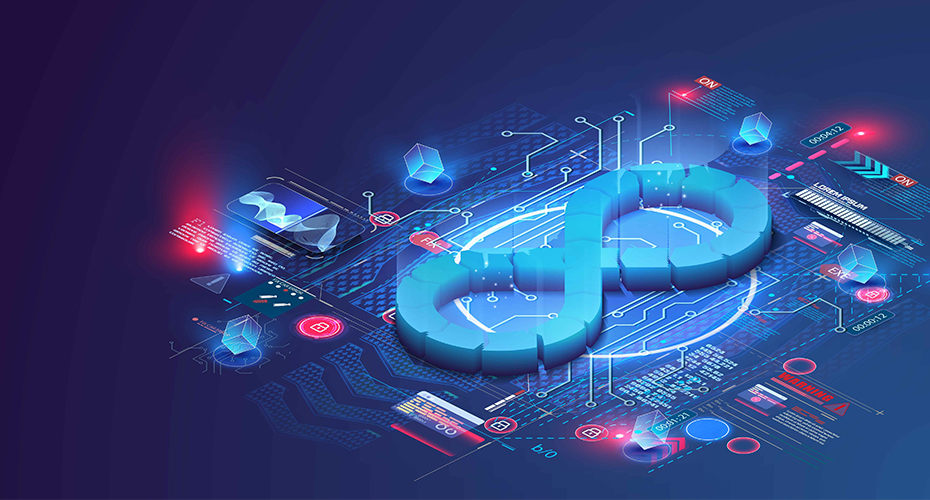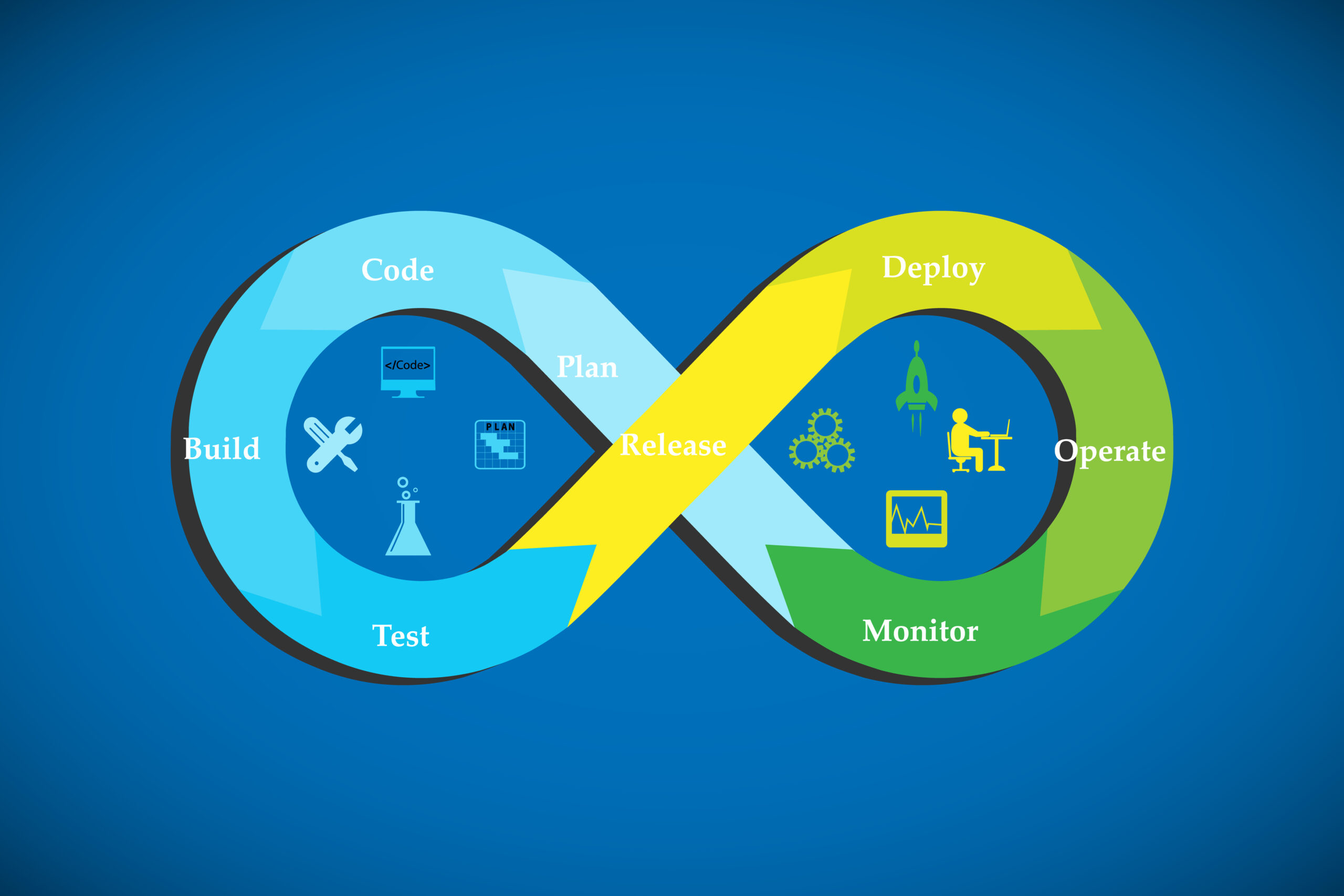
How Can Established Enterprises Win at Digital Transformation?

Today we’re shining a light on digital transformation. Seasoned readers of this blog will know it’s a topic close to our hearts, but now there is an additional, pertinent reason to focus on it. Today we host our second annual Apexon Digital Maturity Summit, an executive gathering of business leaders and experts exploring strategies for success in digital transformation.
When we talk about end-to-end digital enterprises there is a tendency to picture a certain business stereotype. The digital superstars tend to be Internet-born — new companies whose business model is based on harnessing digital advantage. Uber is a classic example.
While we of course have a lot to learn from their methods, let us also recognize that for the majority of established enterprises the path to digital maturity is going to be different.
What do we mean by digital transformation?
The process of overhauling an organization’s enterprise architectures to compete in a rapidly evolving, digital marketplace certainly goes most of the way to describing ‘digital transformation’. Continually updating business processes in order to deliver goods and services faster is a key part of digital transformation. However, we’ve always had tools and techniques to speed up our processes.
The real difference with digital transformation is the shift to a customer-centric focus. Traditional models started inwards, with the goods and services produced, and spread outwards (how am I going to build this product and sell it to my customers?) Digital transformation therefore requires a management shift that asks how can I improve my customers’ experience? The driving rationale doesn’t just start with the customer, it never leaves the customer’s side.
Why is digital transformation the most important priority for businesses?
Everywhere you look, incumbents are experiencing a tough time from nimble, Internet-born competitors. However, established enterprises have a secret weapon. They are repositories brimful of information, waiting to be unlocked. Established enterprises CAN compete with their new, nimbler counterparts IF they learn to leverage their accumulated data and customer knowledge.
Digital maturity is becoming an increasingly big focus for CEOs, which is not surprising when you consider the strong correlation between digital leadership and financial performance.
Taking the steps to digital maturity
The first step on the digital maturity trail is re-imagining your business from the standpoint of the customer, and then working backwards. Faced with an enterprise-wide overhaul of the architecture, systems of record and engagement and platforms that are the business’ building blocks, it’s understandable to feel daunted. Instead, enterprises should aim for smaller, strategic and consistent steps towards digital maturity. For many businesses the low-hanging fruit will reside in innovating their business capabilities, while longer-term projects will involve updating enterprise platforms, for example.
If speed of innovation is the main motive for digital transformation, it’s important to pay attention to the dependencies between people and processes. Breaking down these dependencies accelerates initiatives. The QE approach and DevOps model of working is instructive because it involves eliminating unnecessary barriers in the form of sign-offs and hand-offs in favor of continuous innovation delivered by CI/CD.
There is no finishing line
By now you’ll be aware that digital transformation is unlike IT or operations implementations of the past. (“Hey, we’re ‘doing’ an ERP project”.) You are never ‘done’ with digital maturity. Far from making it a dispiriting prospect, the digital maturity journey has plenty of welcome progress markers. The more mature enterprises become, the more benefit they will derive from producing goods or services faster. Equally they will become better at processing customer and employee feedback and driving business decisions based on it.
I’m reminded of the words of Amazon founder and CEO, Jeff Bezos:
“We never think of ourselves as tied to any specific technologies or skill sets. We think of ourselves as tied to our customers, and we’re trying to work backwards from their needs, and we’ll learn whatever skills we need to service our customers.”
We specialize in helping world-leading firms deploy laser focus on the customer to transform their digital initiatives, as we’re discussing today at the Apexon Digital Maturity Summit. If you’d like to discuss a particular project, why not contact us?







